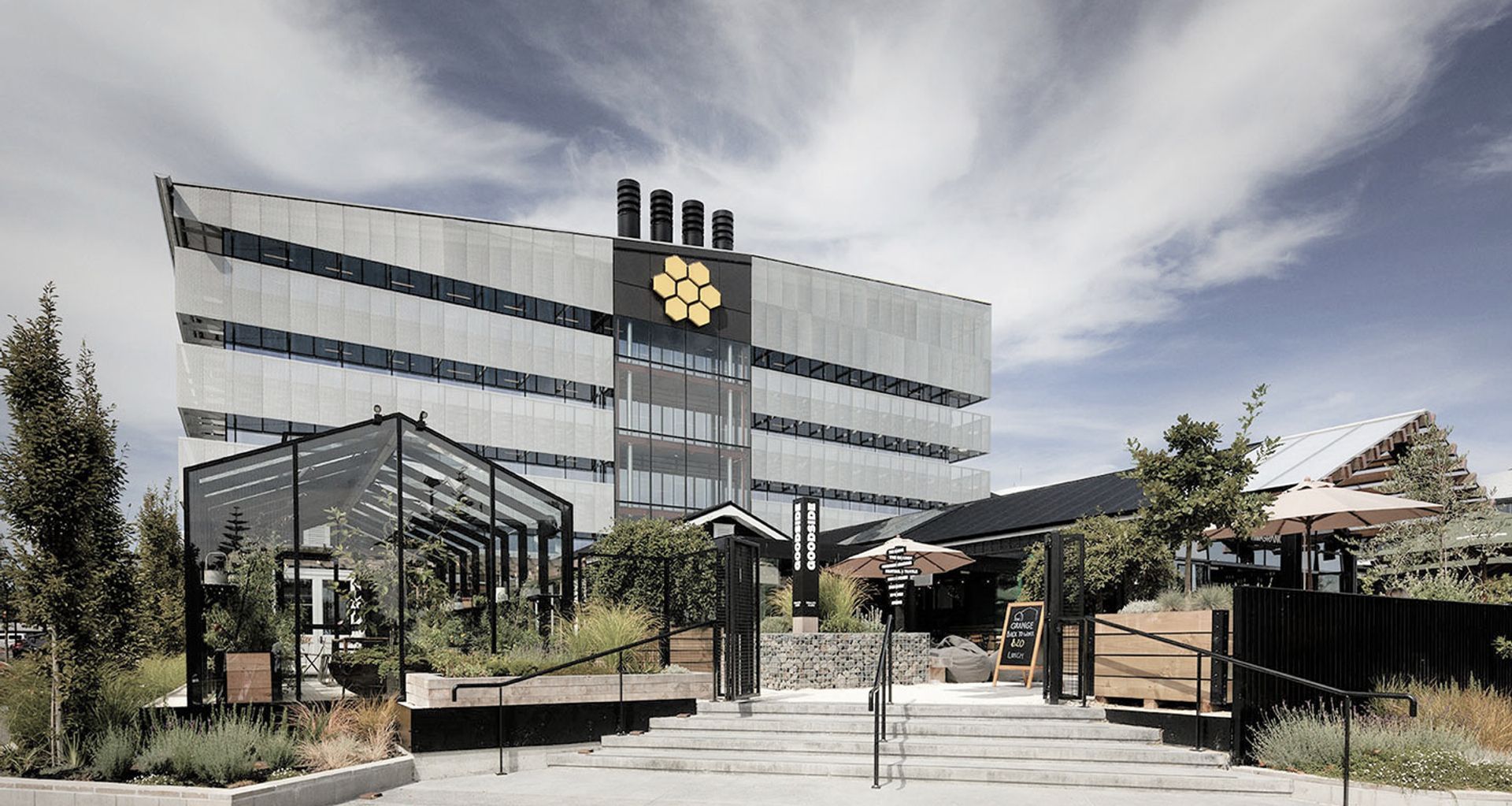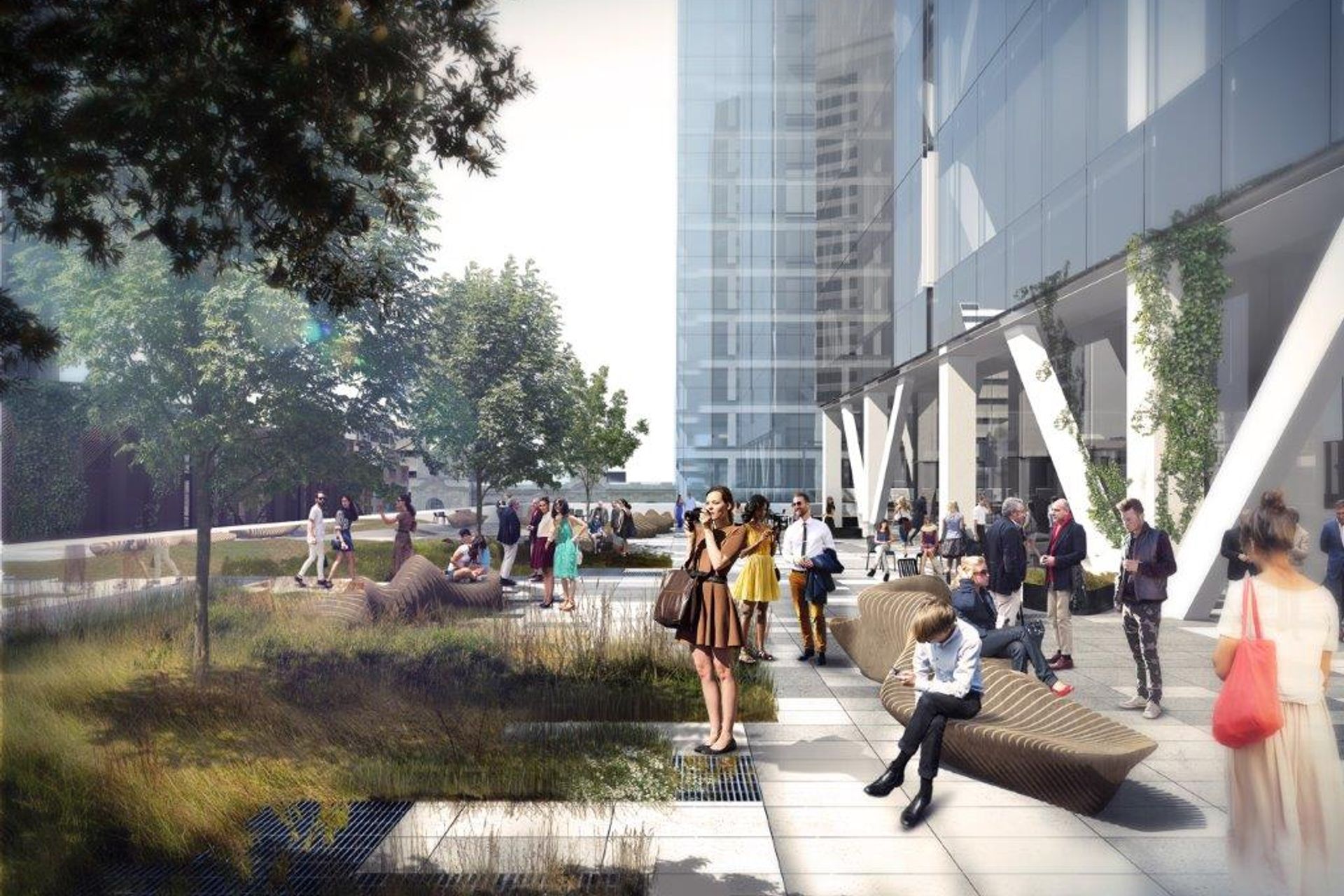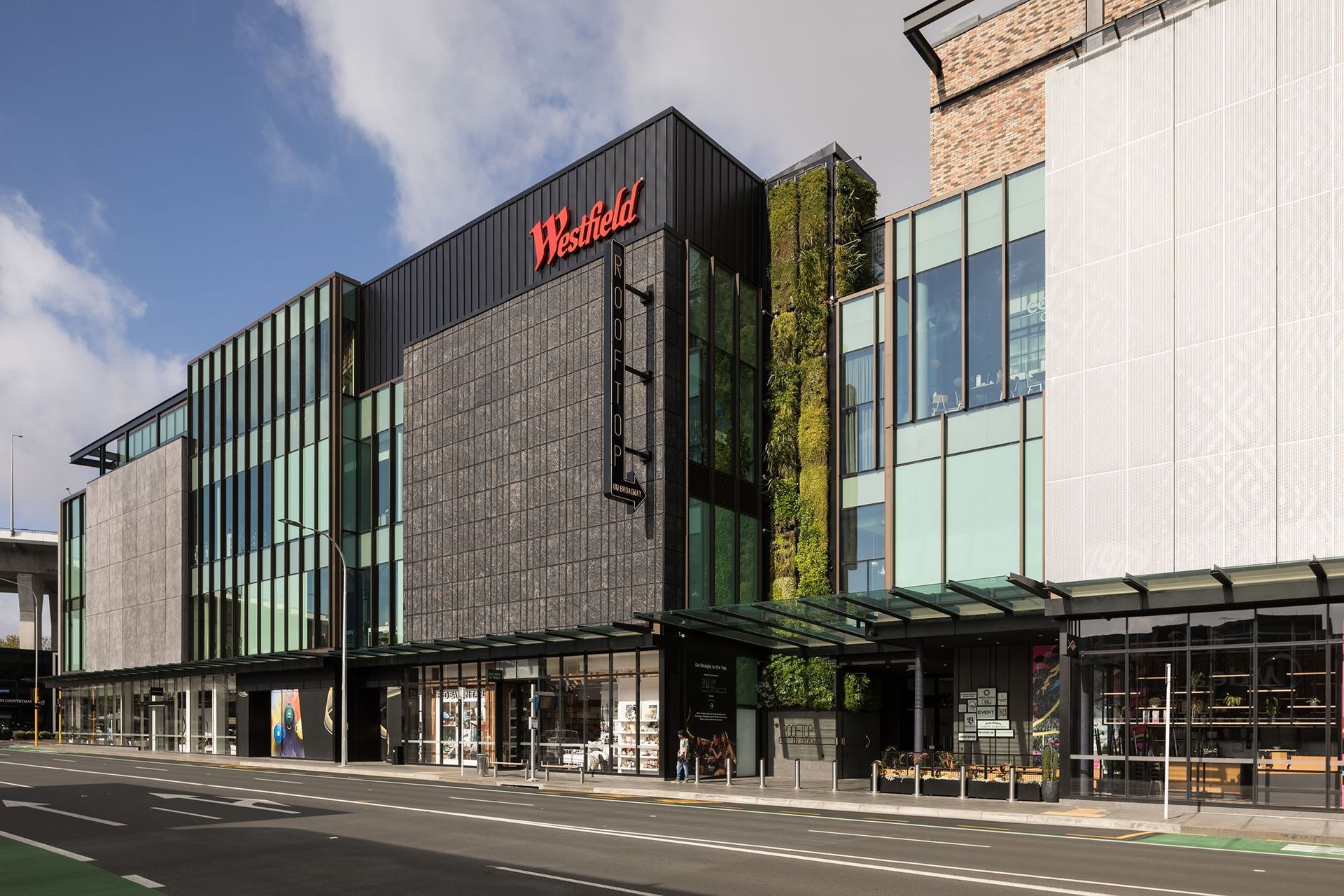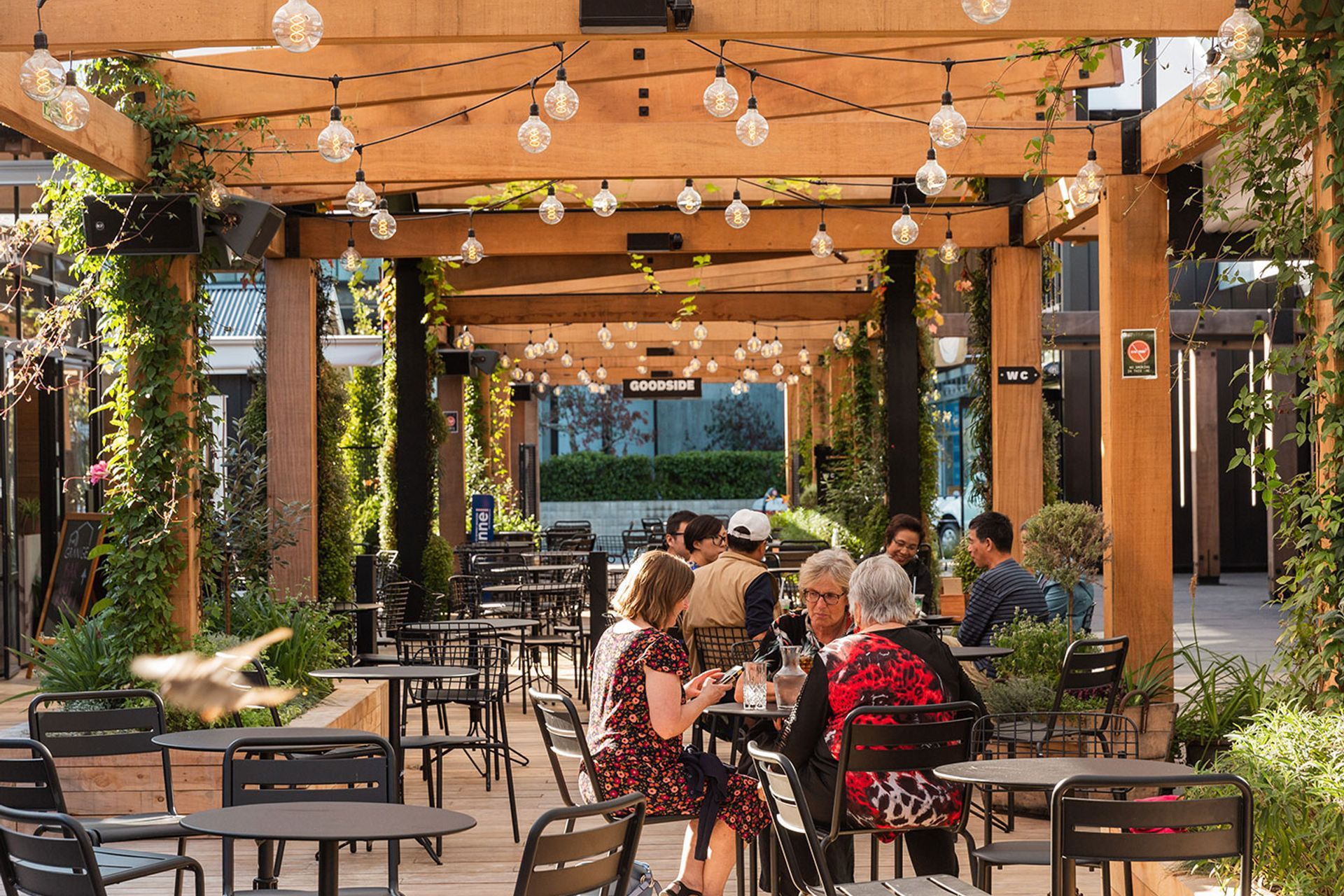Natural Habitats: reinventing the urban jungle
Written by
19 August 2020
•
5 min read

Forty years ago, Graham Cleary was a hopeful young entrepreneur with a mate, a wheelbarrow and a passion for landscape design. Not much has changed over the years, except that Graham—and his company Natural Habitats—has become a household name in exclusive landscape design circles.
“When we started out we were just trying to do the best job we could,” says Graham. “We were lucky in that we were able to work with Ted Smyth, one of the greats in landscape architecture, on a number of the big mall redevelopment projects undertaken in the late 1980s.
“Then, in the early ’90s came the opportunity to work on a significant development on Denarau Island in Fiji, which really put us ahead of the competition and allowed us to steadily build up a portfolio of commercial work in New Zealand and throughout the Pacific. It also really helped cement in my mind that the commercial sector was where I wanted to focus my energies.”
Today, Graham says, as much as 75 per cent of the company’s focus is now on the commercial market. Large-scale collaborations such as Commercial Bay, Westfield Newmarket, Smales Farm and Botany Town Centre have enabled him and his team to design and install cutting-edge landscapes that ultimately improve the aesthetics and quality of Aotearoa’s civic environments.

“Commercial Bay is a great example of the collaborative process,” says Graham. “Working in conjunction with LandLAB we provided landscape services, interior green screen installation and the manufacture of a number of bespoke furniture pieces for use internally and on the 1400m2 sky terrace, located on the rooftop above the retail zone. The terrace has been conceived as a hybrid space combining three areas in one—the main plaza and garden (east) and social (west) rooms. The ground plane establishes a singular connective surface in an abstract ‘graphic field’ derived from the underlying waterfront hydrology. The garden is conceived as an authentic ecology, reintroducing rare and endangered native vegetation into the city's public realm. Much like Commercial Bay itself, this space is about creating an environment distinctly different from other mall experiences and encourages visitors to meander and bring their own meaning to the spaces.”

“The Westfield Newmarket development was an interesting one to work on also, as it let us really concentrate on our green wall technologies. Scentre Group, the owner of the Westfield brand, is genuinely invested in the concept of what it calls the ‘living mall’, that is, making malls a lifestyle destination rather than just a retail hub. Part of that, obviously, is about making the environment as attractive as possible, which, in the case of Westfield Newmarket, resulted in us installing the largest total area of green walls in Australasia. We worked closely with Boffa Miskel to realise their landscape plan, which also included multiple rooftop outdoor areas.

“Smales Farm on Auckland’s North Shore is an innovative concept because the Smale family was committed to building an ‘experience’ on the site, one that was centered around the social possibilities of a commercial development, rather than just the bottom line. How that manifested was through fully integrated landscaping incorporating green walls, gabion planting and traditional planters, with a focus on providing workers and visitors with a high-quality environment. We were thrilled the project won the Supreme award at the 2019 Landscapes of Distinction Awards.
...as a nation we’re struggling to catch up to the middle of the pack, globally speaking, which is not good enough. Our short-term goals are not well aligned with our long-term environmental needs.
“When Botany Town Centre opened in 2001, it was a brand new concept in mall design in New Zealand, which, up until that point, had stuck to the enclosed mall model. Botany’s ‘town centre’ design, with its open avenues and precincts, was developed to offer visitors an outdoor experience. This has remained an ongoing project for us as the centre’s management has focused on continual development of the open spaces and making them more interactive through the inclusion of play areas for children.”
Not one for resting on his laurels, Graham says there are a number of exciting projects in the pipeline, which are allowing him and his nationwide team of 160 staff to explore green technologies and solutions—an area he believes shows incredible growth potential.
“There has been a notable change in the populace in recent years towards a greater appreciation of the environment and the value we place on it, as well as the need to mitigate the amount of damage we’re doing through the implementation of innovative solutions.
“This is definitely a step in the right direction but as a nation we’re struggling to catch up to the middle of the pack, globally speaking, which is not good enough. Our short-term goals are not well aligned with our long-term environmental needs.
“Our approach has always been and remains, to get the job done right the first time and to do it in a way which mimics nature and is in harmony with the natural environment. Nowhere is that more critical than in the civic sphere where infrastructure and water management have become so important.
“We’re working hard with the government on improving our waterways, innovating the industry and also encouraging more people into the industry. We have to act now to slow down and try to reverse the damage done and stop aiming for the bottom. New Zealand’s natural capital, our environment, is a high-cost issue and deserves sizable investment.
“Big projects—such as large roading developments and waterway improvements—where we can focus on mitigation works in collaboration with government, Iwi and other designers/architects, whilst influencing significant improvements in environmental policy, is where we really see our expertise coming into play.”